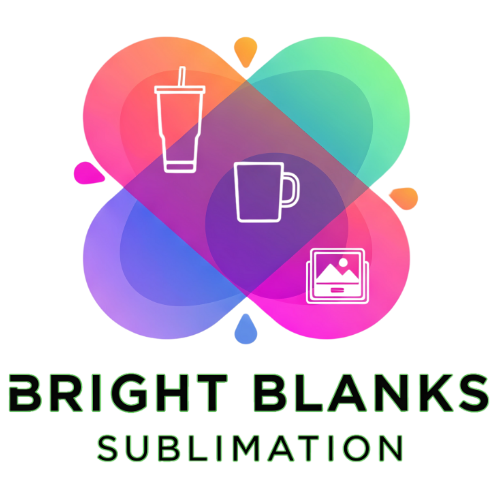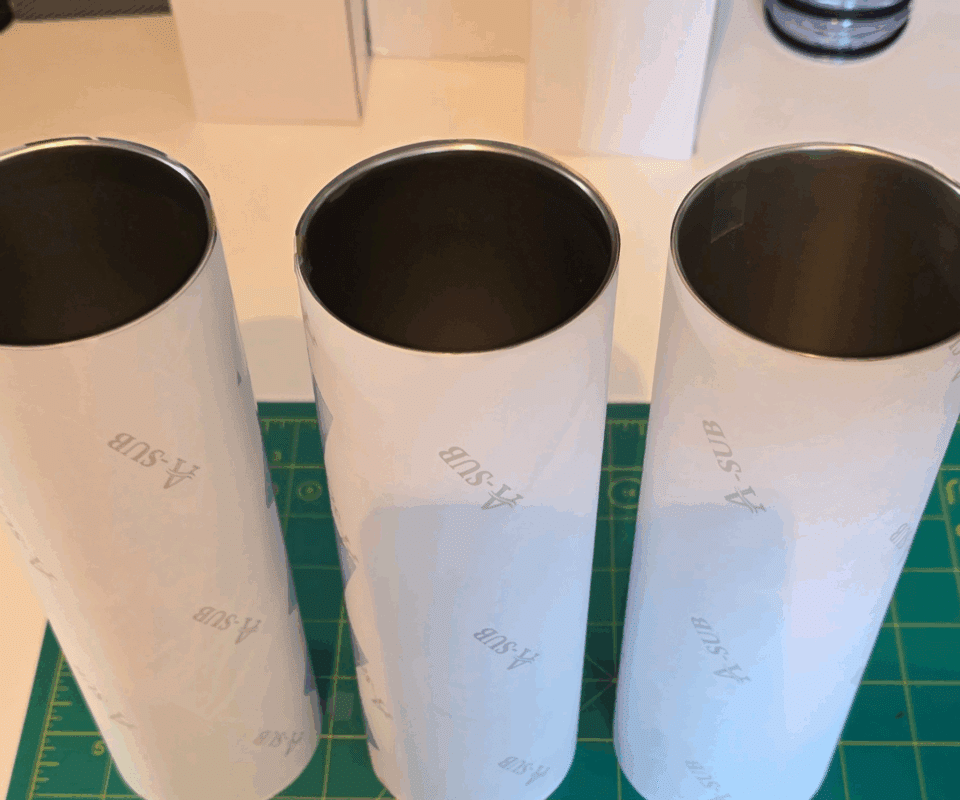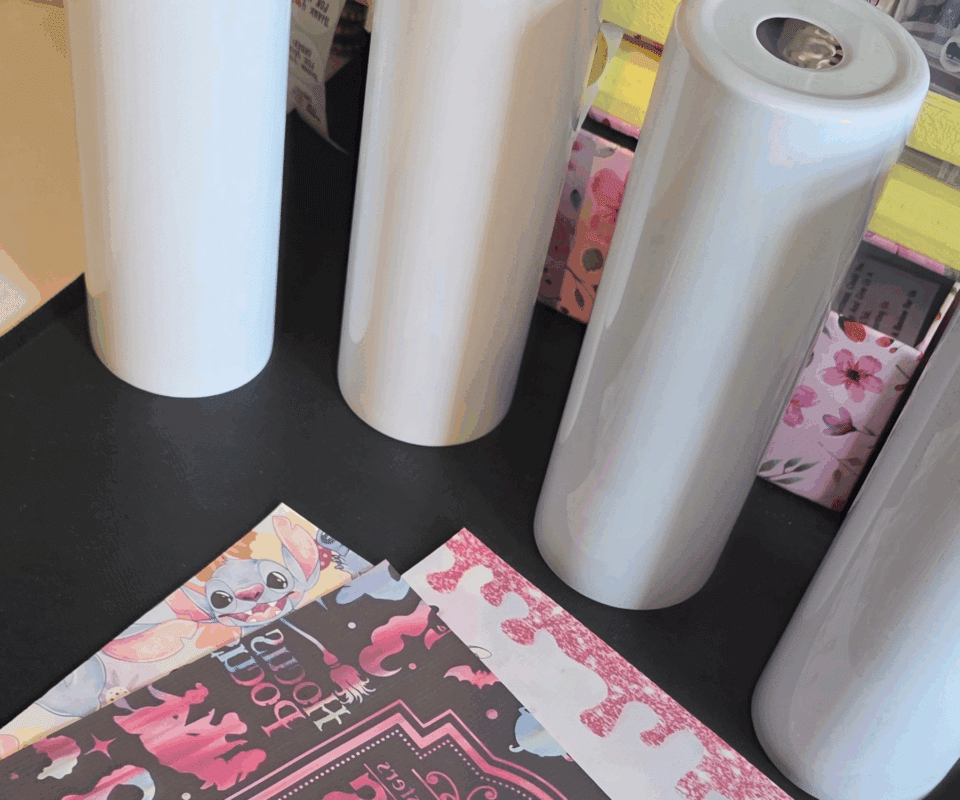
A Deep Dive into Vibrant Results
Sublimation. Just the word itself sounds a bit magical, doesn’t it? As someone who’s spent countless hours experimenting with this fantastic printing technique, I can tell you it truly is a bit magical when you get it right. But like any craft, sublimation requires a bit of know-how, the right tools, and a dash of patience. In this article, I’m sharing my experiences, tips, and tricks to help you achieve vibrant, long-lasting results, focusing especially on the importance of starting with the best possible substrate: Bright Blanks Sublimation blanks.
Let’s face it, the world of crafting is filled with options. But when it comes to creating personalized gifts, custom apparel, or unique home décor, sublimation offers a level of personalization and detail that’s hard to beat. Imagine transforming a simple mug into a cherished memory, a plain t-shirt into a walking masterpiece, or a blank phone case into a vibrant expression of your personality. That’s the power of sublimation!
What Exactly is Sublimation?
For those new to the game, let’s break down the basics. Sublimation is a process where a special ink, printed on sublimation paper, transforms from a solid directly into a gas when heated. This gas then permeates the fibers of a specifically coated polyester fabric or a polymer-coated hard surface. As it cools, the ink reverts back to a solid, permanently embedding itself within the material. The result? A vibrant, durable, and seamless image that won’t crack, peel, or fade.
Why Choosing the Right Blanks Matters (And Why Bright Blanks Sublimation Stands Out)
The key to a successful sublimation project lies in the quality of the entire process, starting with the blank you choose. Think of it like building a house – you need a sturdy foundation to ensure its longevity. In sublimation, that foundation is the blank.
Here’s why choosing the right blank is crucial:
- Color Vibrancy: A high-quality blank, like those offered by Bright Blanks Sublimation, has a coating specifically designed to absorb the sublimation ink. This results in richer, more vibrant colors and sharper details. Using a subpar blank can lead to dull, washed-out images that don’t live up to your vision.
- Durability: The coating on a sublimation blank isn’t just about color; it’s also about protection. A well-coated blank ensures that the sublimated image is resistant to scratches, fading, and wear. Bright Blanks Sublimation focuses on providing durable blanks that can withstand everyday use.
- Consistent Results: Have you ever experienced inconsistent results with sublimation? One print turns out perfectly, the next is a blurry mess? Often, the culprit is the blank. Inferior blanks may have uneven coatings, leading to inconsistent transfer of the ink. Choosing a reputable brand like Bright Blanks Sublimation ensures consistency across all your projects.
- Proper Polymer Coating: For hard substrates like mugs, phone cases, and keychains, the polymer coating is everything. It has to be even and specifically formulated for sublimation ink to properly bond. Bright Blanks Sublimation uses high-quality polymer coatings, ensuring your images adhere perfectly.
My Personal Experiences with Bright Blanks Sublimation
I’ve experimented with a wide range of sublimation blanks over the years, and I can honestly say that switching to Bright Blanks Sublimation products was a game-changer for me. Before, I was constantly battling faded colors, inconsistent results, and images that seemed to disappear after a few washes.
With Bright Blanks Sublimation, I’ve noticed a significant improvement in color vibrancy. The images are crisp, the colors are true to life, and the finished products look incredibly professional. Plus, I’ve seen a noticeable increase in the durability of my sublimated items. Mugs that have gone through countless dishwasher cycles still look as vibrant as the day they were printed!
Beyond Blanks: Other Essential Tips for Sublimation Success
Choosing the right blank is just the first step. Here are some other crucial factors to consider:
- The Right Equipment: You’ll need a sublimation printer equipped with sublimation ink, sublimation paper, and a heat press. Investing in quality equipment will make a huge difference in the final result.
- Proper Heat Press Settings: Different blanks require different heat and time settings. Always refer to the manufacturer’s instructions for the specific Bright Blanks Sublimation product you’re using. Too much heat can scorch the blank and cause the image to blur, while too little heat can result in a poor transfer.
- Mirror Your Image: This is a crucial step! Remember to mirror your image before printing. Otherwise, your design will be flipped on the final product.
- Pressure is Key: Consistent, even pressure during the heat press process is essential for a good transfer. Make sure your heat press is adjusted correctly and that the blank is positioned securely.
- Quality Ink and Paper: Don’t skimp on the ink and paper! Just like the blank, these components play a vital role in the vibrancy and durability of your prints.
Sublimation: It’s More Than Just a Hobby, It’s a Passion
Sublimation has become more than just a hobby for me; it’s a passion. The ability to create personalized items that are both beautiful and functional is incredibly rewarding. And with the help of high-quality blanks from Bright Blanks Sublimation, I’m confident that I can continue to create stunning, professional-looking products that my customers will love.
Final Thoughts
If you’re serious about sublimation, don’t underestimate the importance of the blank. Investing in high-quality blanks from Bright Blanks Sublimation will not only improve the vibrancy and durability of your projects but also save you time and frustration in the long run. So, go ahead, explore the world of sublimation, and let your creativity shine! Just remember to start with the right foundation – a Bright Blanks Sublimation blank!
FAQs
Q: Where can I buy Bright Blanks Sublimation blanks?
A: Bright Blanks Sublimation blanks are typically available online through their website or various crafting supply retailers. A quick online search for “Bright Blanks Sublimation” should point you in the right direction.
Q: What types of products can I sublimate on?
A: You can sublimate on a wide variety of products, including polyester fabrics, mugs, phone cases, keychains, coasters, blankets, and much more. Just make sure the product is specifically coated for sublimation.
Q: How do I know the correct heat press settings for my blank?
A: Always refer to the manufacturer’s instructions for the specific blank you’re using. These instructions should provide the recommended temperature, time, and pressure settings.
Q: Can I sublimate on cotton?
A: No, sublimation requires a polyester-based fabric or a polymer-coated surface. While there are workarounds for cotton, the results are often not as vibrant or durable as with polyester.
Q: My sublimated image looks faded. What am I doing wrong?
A: There are several possible causes for faded images:
- Low Temperature: The heat press may not be hot enough.
- Insufficient Time: The blank may not have been pressed for long enough.
- Poor Quality Blank: The coating on the blank may be inadequate.
- Expired Ink: Sublimation ink can expire, leading to faded results.
Q: How do I prevent ghosting during sublimation?
A: Ghosting occurs when the sublimation paper shifts during the heat press process. To prevent this, use heat-resistant tape to securely attach the paper to the blank. Also, avoid moving the blank while the heat press is engaged.


